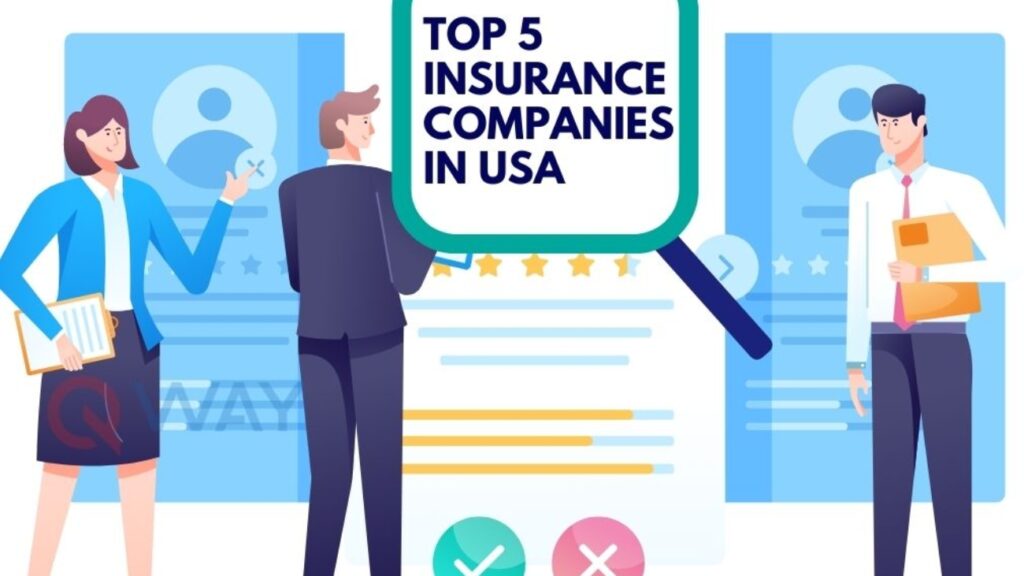
The Evolution of Health Insurance in the U.S
Health insurance in the United States has evolved significantly over the decades, shaping how Americans…

Health insurance in the United States has evolved significantly over the decades, shaping how Americans access medical care and manage healthcare costs. Historically, the system has been characterized by employer-sponsored plans, government programs like Medicare and Medicaid, and more recently, the Affordable Care Act (ACA). This evolution has been shaped by various political, economic, and…

Wall Street has long been synonymous with the financial heart of the United States, playing a critical role in shaping the nation’s financial markets. From stock exchanges to investment banks, its influence permeates every corner of the U.S. economy, driving everything from the stock market’s daily fluctuations to global investment trends. In this article, we…
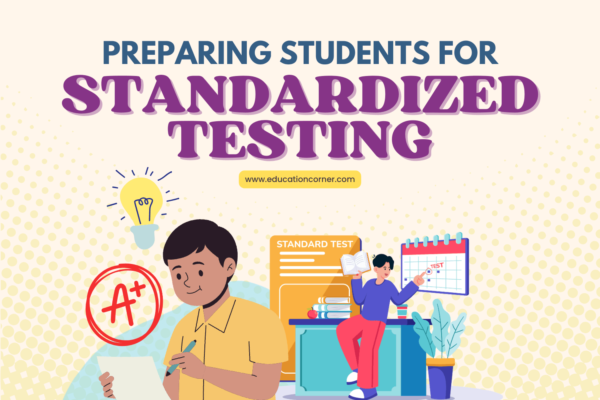
Introduction Standardized testing has long been a cornerstone of the U.S. education system. From the SAT to state-mandated tests, these exams are designed to provide a uniform measure of student performance. But how effective are they really? Do they serve all students equally, or do they have unintended consequences? In this article, we’ll explore the…

Choosing the right insurance provider is a critical decision that affects your financial security and peace of mind. Whether you’re looking for health insurance, auto coverage, or homeowners insurance, selecting a reliable insurance provider can make a world of difference when it comes to both cost and service. In this guide, we’ll walk you through…

The Future of Insurance in the Age of AI and Automation The insurance industry is undergoing a significant transformation as artificial intelligence (AI) and automation technology make their way into the core of how insurers operate. Gone are the days of tedious manual processes, slow claim handling, and inefficient customer service. The future of insurance…

Brief introduction to the concept of insurance policies in the U.S. Introduction Insurance is an essential aspect of modern life, providing individuals and businesses with financial protection against unexpected events. In the United States, insurance policies serve as a safety net, helping to minimize the financial impact of accidents, health crises, natural disasters, and other…

Introduction The evolution of the U.S. fiscal strategy reflects a nation that has navigated economic challenges, wars, depressions, and financial crises. Understanding the fiscal decisions made by U.S. governments provides insight into the broader economic policies that shape daily life and national prosperity. From the birth of fiscal policy to the challenges of the present…
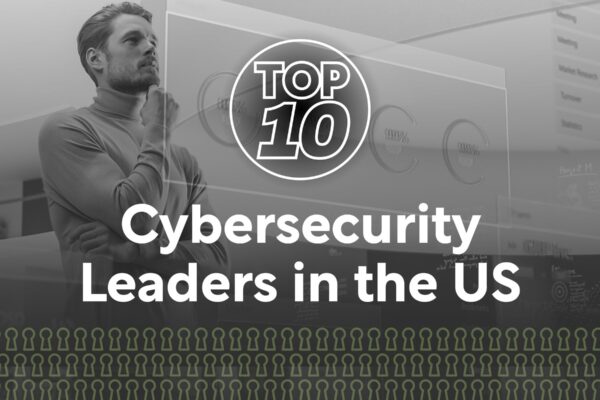
In today’s increasingly digital world, cybersecurity has become a critical pillar of national security, economic stability, and personal safety. As cyber threats evolve in sophistication and scale, the institutions dedicated to safeguarding America’s digital infrastructure play an essential role in defending against attacks and preparing for future challenges. From protecting government networks to ensuring the…
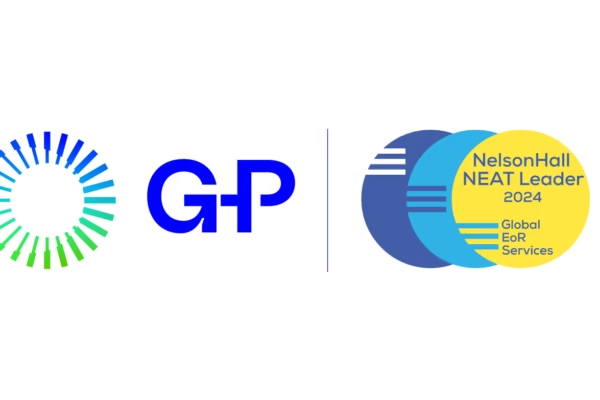
In today’s interconnected world, the concept of globalization touches almost every aspect of our lives, from the products we use to the people we interact with. As businesses strive to expand their reach and economies become more intertwined, the term “globalization partner” has gained prominence. But what exactly does it mean, and why is it…
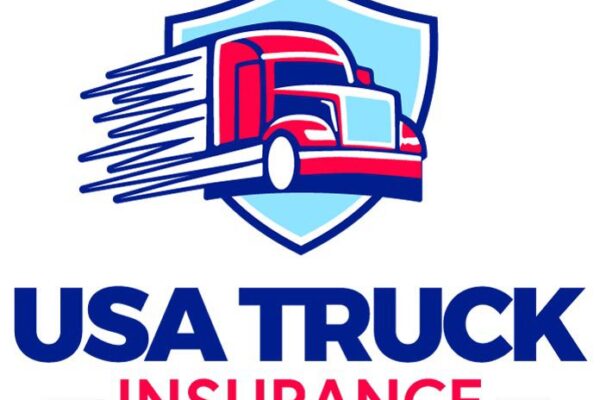
When it comes to protecting your vehicle, whether it’s a car or a truck, insurance is a critical consideration. However, the world of vehicle insurance is not a one-size-fits-all system. There are significant differences between truck insurance and car insurance in terms of coverage, cost, and purpose. Understanding these differences is essential for anyone who…